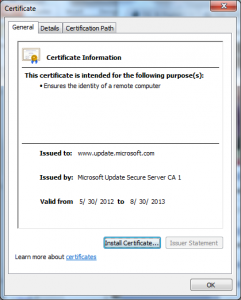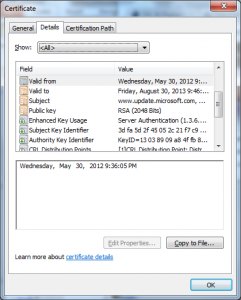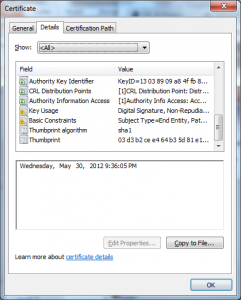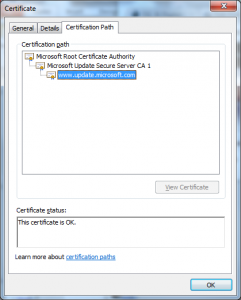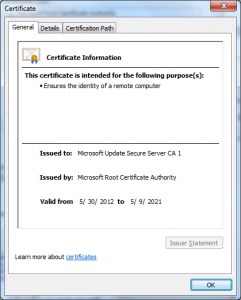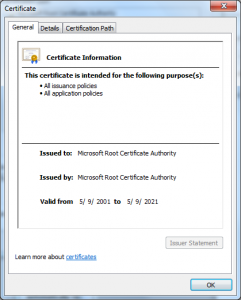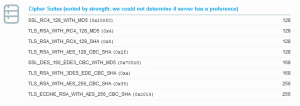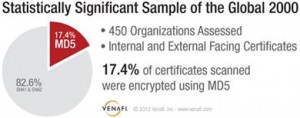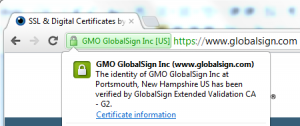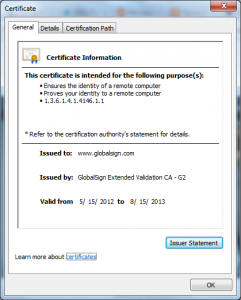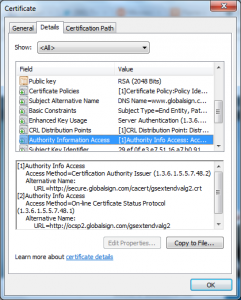Key Transparency has slowly become a crucial part of providing truly secure end-to-end encrypted messaging. Don’t believe me? The two largest providers of messaging services, Apple and Facebook (along with their WhatsApp service), have openly adopted it, and I am hopeful that Google, one of its early advocates, will follow suit.
- Google has been a pioneer in prototyping Key Transparency at a large scale. Read more about Google’s Key Transparency Project.
- Apple has successfully deployed Key Transparency into production. Learn about Apple’s advancements in user security.
- Facebook and WhatsApp have also implemented Key Transparency into their production systems. Discover how WhatsApp has utilized Key Transparency.
At the same time, we are on the precipice of interoperable group messaging as Messaging Layer Security (MLS) was recently standardized. Its contributors included representatives from employees of the mentioned services and more, which suggests they may adopt it eventually. What does this have to do with Key Transparency? It acknowledges the need for secure, privacy-preserving key discovery through its inclusion of Key Transparency in its architecture.
It’s also noteworthy to see that Apple has agreed to support RCS, Android’s messaging protocol. While there is no public hint of this yet, it’s possible that since they have positioned themselves as privacy champions over the last decade frequently toting their end-to-end encryption, we may see them push for MLS to be adopted within RCS, which could net the world its first interoperable cross-network messaging with end-to-end encryption, and that would need a key discovery mechanism.
In that spirit, recently the Internet Engineering Task Force (IETF) has established a Working Group on Key Transparency, and based on the participation in that group, it seems likely we will see some standardization around how to do Key Transparency in the future.
What’s Next for Key Transparency Adoption Then?
I suspect the focus now shifts to S/MIME, a standard for public key encryption and signing of emails. Why? Well, over the last several years, the CA/Browser Forum adopted Baseline Requirements (BRs) for S/MIME to help facilitate uniform and interoperable S/MIME, and those became effective on September 1, 2023 – this means CAs that issue these certificates will need to conform to those new standards.
At the same time, both Google and Microsoft have made strides in their implementations of S/MIME for their webmail offerings.
In short, despite my reservations about S/MIME due to its inability to address certain security challenges (such as metadata confidentiality, etc), it looks like it’s witnessing a resurgence, particularly fueled by government contracts. But does it deliver on the promise today? In some narrow use cases like mail signing or closed ecosystem deployments of encrypted mail where all participants are part of the same deployment, it is probably fair to say yes.
With that said, mail is largely about interoperable communications, and for that to work with encrypted S/MIME, we will need to establish a standard way for organizations and end-users to discover the right keys to use with a recipient outside of their organization. This is where Key Transparency would fit in.
Key Transparency and S/MIME
Today, it is technically possible for two users to exchange certificates via S/MIME, enabling them to communicate through encrypted emails. However, the process is quite awkward and non-intuitive. How does it work? You either provide the certificate out of band to those in the mail exchange, and they add it to their contact, or some user agents automatically use the keys associated with S/MIME signatures from your contacts to populate the recipient’s keys.
This approach is not ideal for several reasons beyond usability. For instance, I regularly read emails across three devices, and the private keys used for signing may not be the same on each device. Since consistent signing across devices isn’t required, if I send you an email from my phone and then you send me an encrypted message that I try to open on my desktop, it won’t open.
Similarly, if I roll over my key to a new one because it was compromised or lost, we would need to go through this certificate distribution workflow again. While Key Transparency doesn’t solve all the S/MIME-related problems, it does provide a way to discover keys without the cumbersome process, and at the same time, it allows recipients to know all of my active and published certificates, not just the last one they saw.
One of the common naive solutions to this problem is to have a public directory of keys like what was used for PGP. However, such an approach often becomes a directory for spammers. Beyond that, you have the problem of discovering which directory to use with which certificate. The above Key Transparency implementations are all inspired by the CONIKS work, which has an answer to this through the use of a Verifiable Random Function (VRF). The use of the VRF in CONIKS keeps users’ email addresses (or other identifiers) private. When a user queries the directory for a key, the VRF is used to generate a unique, deterministic output for each input (i.e., the user’s email). This output is known only to the directory and the user, preserving privacy.
The generic identifier-based approach in Key Transparency means it can neatly address the issue of S/MIME certificate discovery. The question then becomes, how does the sender discover the Key Transparency server?
Key Transparency Service Discovery
The answer to that question probably involves DNS resource records (RRs). We use DNS every day to connect domain names with IP addresses. It also helps us find services linked to a domain. For instance, this is how your email server is located. DNS has a general tool, known as an SRV record, which is designed to find other services. This tool would work well for discovering the services we’re discussing.
_sm._keytransparency._https.example.com. 3600 IN SRV 10 5 443 sm-kt.example.com.In this example, _sm the identifier is placed before _keytransparency. and _https shows that this SRV record is specifically for a Key Transparency service for Secure Messaging. This allows someone to ask DNS for a S/MIME-specific Key Transparency service. It also means we can add other types of identifiers later, allowing for the discovery of various KT services for the same domain.
Conclusion
While S/MIME faces many challenges, such as key roaming, message re-encrypting on key rollover, and cipher suite discoverability, before it becomes easy to use and widely adopted—not to mention whether major mail services will invest enough in this technology to make it work—there’s potential for a directory based on Key Transparency if they do.
Hopefully, the adoption of Key Transparency will happen if this investment in S/MIME continues, as it’s the only large-scale discovery service for user keys we’ve seen in practice. Unlike other alternatives, it’s both privacy-respecting and transparently verifiable, which are important qualities in today’s world. Only time will tell, though.

